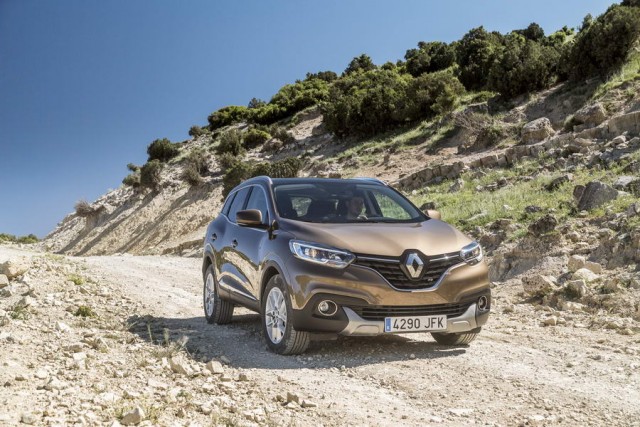Published on June 4, 2015
Renault Kadjar review
Renault seriously wades into the C-segment SUV game with the new Kadjar crossover.

Matt Robinson
@MttRbnsn
@MttRbnsn
































